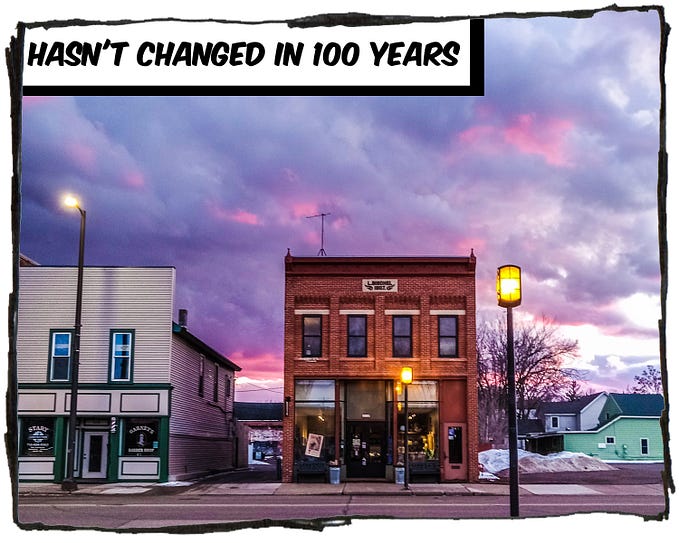UX ROADMAP — My daily learnings

My motive
“I am humbly honored to welcome you to my daily learning journey blog. I look forward to sharing with you the knowledge and experiences I have gained on my journey. While my perspective may not resonate with everyone, I believe that by keeping an open mind and considering my experiences, it may offer some valuable insights that can have a lasting impact on your personal and professional growth. I hope that by following along with my journey, it may inspire you to take steps towards your own growth and self-discovery. I kindly invite you to join me on this journey with an open and empathetic mindset, and let’s see where it leads us.”
“Before reading this article, keep in mind that UX is not an inflexible set of rules.”
Creating a user experience (UX) roadmap is a critical aspect of the product design process. It not only helps teams align on the goals and direction of a product but also guides development efforts to make sure the final product meets the needs of the users. In this article, we’ll delve into what a UX roadmap is, why it’s important, and how to create one that guarantees success for your product.
First things first, let’s understand what a UX Roadmap is. A UX roadmap is a high-level plan that outlines the goals and objectives of a product, and the steps needed to achieve them. It serves as a blueprint that provides a clear vision of what the product should be, and how it will be built. The roadmap is typically divided into several stages, such as research, design, development, and launch, each stage includes a list of specific tasks, deliverables, and deadlines.

But why is a UX Roadmap Important?
The answer is simple, it keeps the team focused on the big picture and ensures that everyone is working towards the same goals, preventing scope creep. A roadmap also helps teams prioritize features and functionality, so that development efforts are focused on the most critical areas of the product. Additionally, it helps to manage stakeholder expectations by allowing teams to communicate their plans and progress to stakeholders in a clear and concise manner, keeping everyone on the same page, and preventing misunderstandings down the road.

Now that we know the importance of a UX Roadmap, let’s dive into creating one. Creating a UX roadmap is a collaborative process that involves input from different team members, such as product managers, designers, and developers. The first step is to identify the goals and objectives of the product, which can be done through research and user interviews. Once the goals are established, the team can begin to map out the different stages of the product development process.
- Research Stage: The research stage is where the team will conduct user research to understand the needs and pain points of the target audience. This research will inform the design process, and help the team create wireframes and prototypes that meet the needs of the users. The research can include:
- User interviews
- Surveys
- Usability testing
- Competitive analysis
2. Design Stage: The design stage is where the team will create the visual and interactive elements of the product. This includes creating wireframes, prototypes, and user flows. The team will also conduct user testing to validate the design and gather feedback.
3. Development Stage: The development stage is where the team will build the product. This includes coding, testing, and quality assurance. The team will also conduct user testing to ensure that the product meets the needs of the users.
4. Launch Stage: The launch stage is where the product is released to the public. This includes marketing and promotion, as well as ongoing support and maintenance.
A well-structured UX Roadmap is an essential tool for creating successful products. It helps teams stay focused on the big picture and ensures that development efforts are aligned with the goals and objectives of the product. By following a roadmap, teams can create products that are both useful and user-friendly. In conclusion, a UX Roadmap is a crucial tool for product design teams.
“I am humbly grateful for you taking the time to read my article on UX Roadmap and for offering your valuable feedback. I hope the information provided was helpful in enhancing your understanding of the topic. I would be honored to continue our discussion and learn from your insights in the future.”









